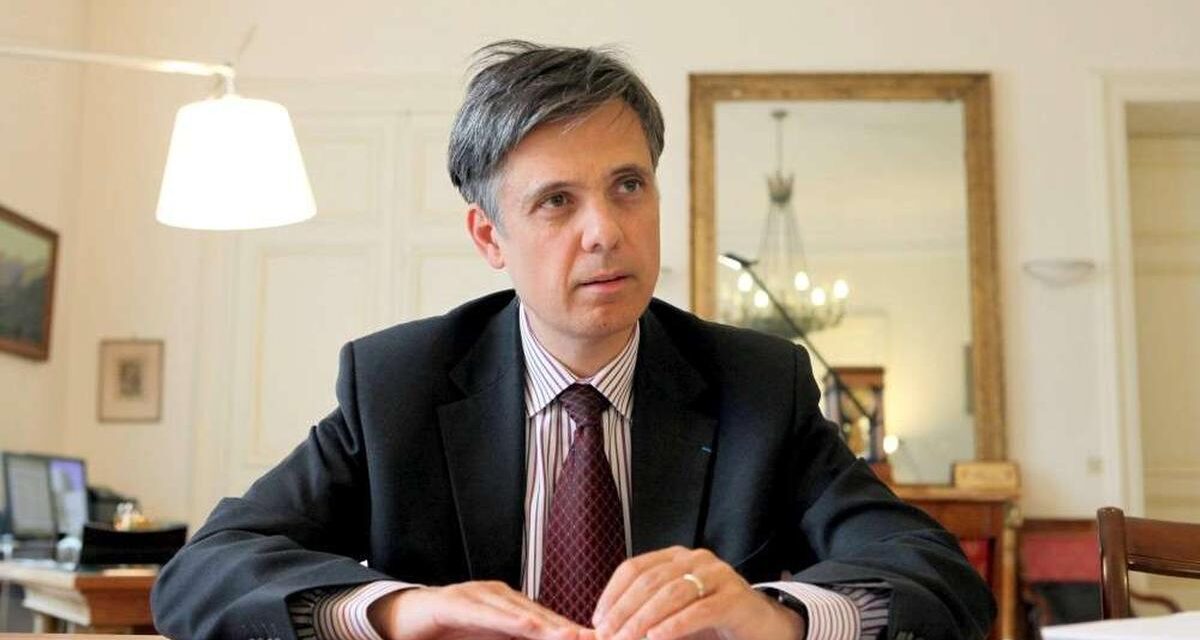Monaco is preparing to enter a new era of road safety after elected representatives voted through a major reform, On November 16th, aimed at reducing drink- and drug-driving, curbing high-risk behaviour, and preventing further serious accidents on the Principality’s roads…
The law, adopted by the National Council following a government proposal, marks one of the most significant overhauls of Monaco’s traffic enforcement in recent years. The move follows two severe crashes in late 2023 inside Monaco’s tunnels, both linked to alcohol or narcotics. These incidents revived a longstanding debate around road safety and prompted the government to fast-track a legislative package targeting the most common causes of serious violations.
According to Lionel Beffre, the Minister of the Interior, daily police checks repeatedly confirm the same pattern: excessive blood alcohol levels and drug consumption remain central factors in driving offences, often detected only after motorists commit obvious infractions such as running a red light or driving the wrong way down a street.
The new law widens the police’s ability to carry out roadside checks. Officers will now be able to conduct alcohol and drug tests not only when an offence is observed, but also during random, pre-scheduled control operations authorised by the Minister of State. These fully randomised checks, expected to begin in mid-December ahead of the high-risk festive season, represent a major shift in enforcement strategy.
Penalties have also been substantially strengthened. Prison sentences for drink- or drug-driving will now range from one month to two years, with increased fines set by the courts. The law also introduces new offences addressing illegal street racing and extreme speeding, targeting behaviour that has become more common and more dangerous in recent years.
Alongside enforcement, the government emphasises prevention, with upcoming awareness campaigns and the option for judges to impose road-safety education courses as an additional sanction. The overall aim is clear: stronger deterrence, clearer rules, and a safer Monaco for all road users.


